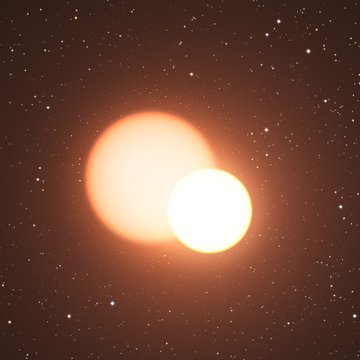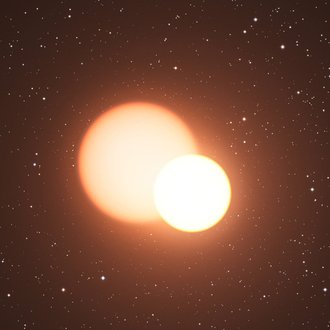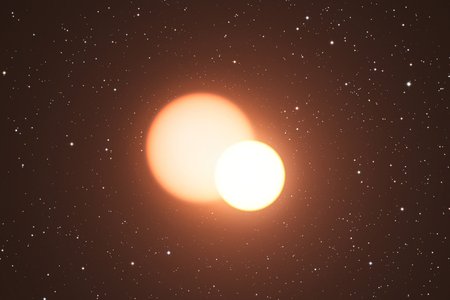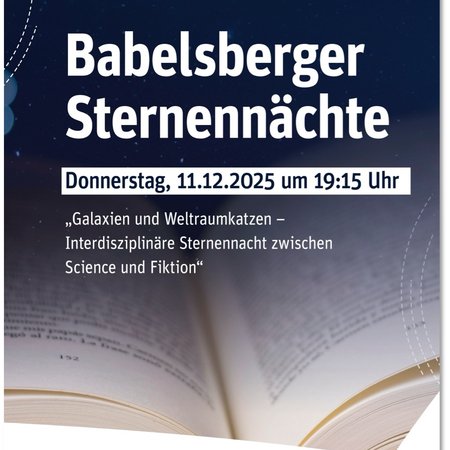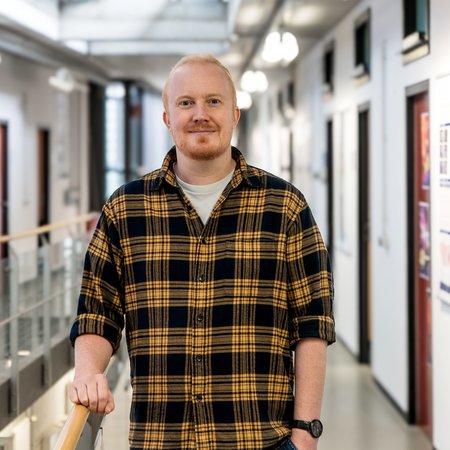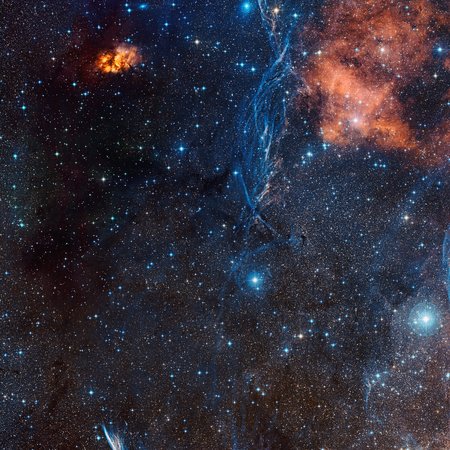Virtual lecture: Babelsberg Starry Night on 29th June 2025
The next talk of the Virtual Babelsberg Starry Nights of the Leibniz Institute for Astrophysics Potsdam (AIP) on the topic "What binary stars tell us about the rotation of stars" (German) by Dr. David Gruner will be broadcast on the YouTube channel “Urknall, Weltall und das Leben” (Big Bang, Universe and Life) from Thursday, 19.06.2025.
Dr David Gruner's lecture on “What binary stars tell us about the rotation of stars” from the Babelsberg Starry Nights series will be online on Thursday at 8 pm. In a binary star system, two stars orbit around each other. However, the lecture is not about the orbital motion of the two stars, but about their own rotation around themselves. The rotation of a star changes over the course of its life and can be used to determine the star's age. Both components of a binary star were formed together from the same gas cloud and are therefore the same age. The lecture sheds light on how this similarity in age can be used to investigate the relationship between the age and rotation of stars.
Usually on the 3rd Thursday of each month, starting at 8 p.m., the lectures of the Babelsberg Starry Nights become available at
https://www.aip.de/babelsberger-sternennaechte
and via the YouTube channels "Urknall, Weltall und das Leben" (Big Bang, Universe and Life) and "videowissen" and can be viewed afterwards at any time.
The next talk of the Virtual Babelsberg Starry Nights of the Leibniz Institute for Astrophysics Potsdam (AIP) on the topic "What binary stars tell us about the rotation of stars" (German) by Dr. David Gruner will be broadcast on the YouTube channel “Urknall, Weltall und das Leben” (Big Bang, Universe and Life) from Thursday, 19.06.2025.
Dr David Gruner's lecture on “What binary stars tell us about the rotation of stars” from the Babelsberg Starry Nights series will be online on Thursday at 8 pm. In a binary star system, two stars orbit around each other. However, the lecture is not about the orbital motion of the two stars, but about their own rotation around themselves. The rotation of a star changes over the course of its life and can be used to determine the star's age. Both components of a binary star were formed together from the same gas cloud and are therefore the same age. The lecture sheds light on how this similarity in age can be used to investigate the relationship between the age and rotation of stars.
Usually on the 3rd Thursday of each month, starting at 8 p.m., the lectures of the Babelsberg Starry Nights become available at
https://www.aip.de/babelsberger-sternennaechte
and via the YouTube channels "Urknall, Weltall und das Leben" (Big Bang, Universe and Life) and "videowissen" and can be viewed afterwards at any time.
Images
Artist's impression of a binary star
Big screen size [1000 x 666, 60 KB]
Original size [1920 x 1280, 130 KB]
